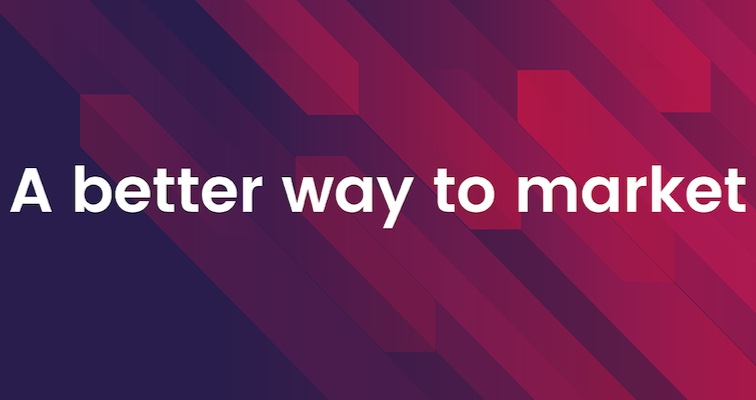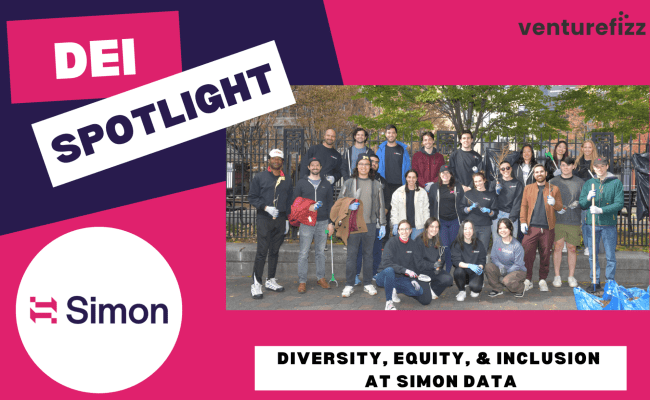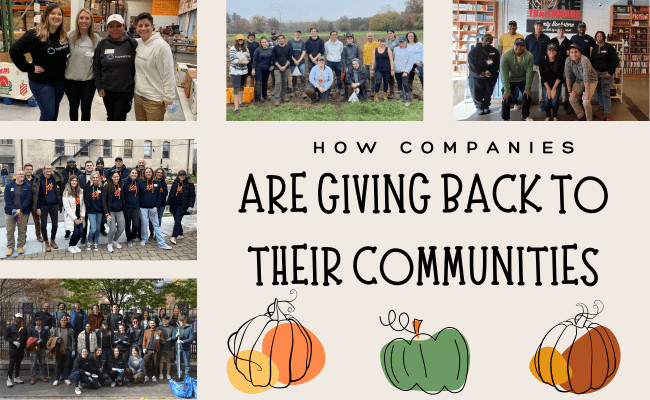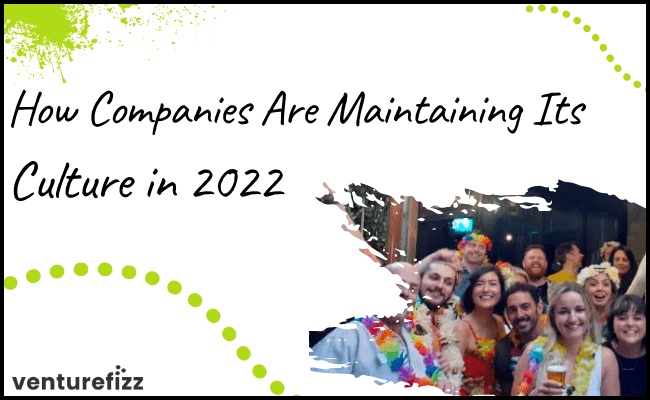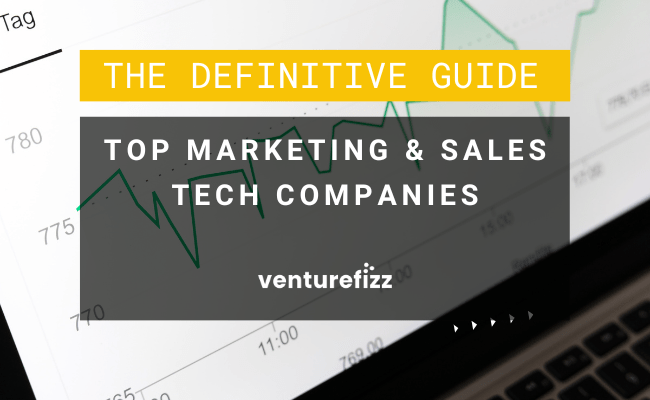The last year has been transformational for Simon Data. We’ve developed new partnerships with some of the world’s leading brands and secured new funding to help us create the next generation of customer experiences. Now we are proud to cap off this year of change by welcoming Doina Harris to our leadership team. Doina joins Simon Data as Chief Product Officer to help us scale and continue to evolve our product suite. She brings with her a wealth of cross functional experience from the intersecting worlds of marketing and technology having worked at AppNexus, Google, and McKinsey.
Along with her years of experience working to provide technology solutions to some of the world’s leading marketers, Doina brings a unique cross-functional perspective, and a global view of the marketing technology industry which will be invaluable as we continue to scale our robust offerings to enterprise-level marketing organizations. Since transparency is a core value at Simon Data, we sat down with Doina to give her a chance to share in her own words some of her perspective on Simon and the CDP space with our Simon Data community.

From a product perspective, what was the first thing that appealed to you about joining Simon?
Marketing teams today have so much data, and yet they often struggle in using it to accomplish foundational marketing functions like engaging users at the right time and right place with the right message. An explosion in the number of customer touchpoints and channels used to reach those customers has resulted in an ever-expanding web of data and marketing tech solutions which make the daily lives of CMOs, CTOs and their teams overwhelmingly complex.
There are two elements that attracted me to the technology that Simon has built. The first is its ability to simplify this complexity by enabling marketers to bring together their own data from a wide range of sources into one coherent view and make it actionable. This is very similar to what attracted me to Google’s advertising business 10 years ago – complex infrastructure with powerful tools that abstract from the complexity and scale of data to simply allow any marketer to reach a current or potential customer at the moment they signal an intent to purchase. The second key factor that attracted me to Simon is the application of true data science within the product. This gives marketers the ability to run rigorous experiments to understand how to best engage their customers by leveraging models developed in partnership with Simon or by operationalizing models built by their own in-house data science teams. This combination of simplicity with powerful tools makes Simon special.
Where do you see opportunity in the CDP landscape today?
The CDP category is still in a formative state and, in my view, the acronym itself is overused. As with any emerging category, there’s a lot of ambiguity and that ambiguity provides an opportunity for all manner of players to present a point solution as CDPs. I think the opportunity is in having the chance to eliminate some of that ambiguity by defining the category and being clear about what value a CDP should bring. A true CDP is a platform that ingests and connects all of your data, and allows you to orchestrate customer journeys across a multitude of channels, thus increasing the effectiveness of your marketing program. I think Simon’s approach to creating such a platform, particularly the fact that we’re simplifying existing tech stacks through connection rather than forcing businesses to live inside of our walled garden, will be category-defining.
Throughout your career you’ve worked with many marketing leaders. How has their thinking around customer experience evolved over time and how should it?
That last decade has seen major shifts in consumer behavior and marketers thinking has evolved in response to those shifts. Since the dawn of modern communication methods like the radio or TV, brand communications have had two key qualities: messages have historically been one-to-many in nature and they’ve largely been consumed passively. It’s always been about getting someone to watch or read something by interrupting a different experience that the customer is already choosing to have. Digital shifted the tactics, but not this overall strategy.
Smart marketing leaders know that passive one-to-many relationships don’t cut it anymore. We’re in a world where everything from your music playlists to your Instagram feed is personalized. As a result, consumers are getting increasingly used to being treated like individuals. If brands want to keep pace, they need to think about creating a narrative and a journey that are specific to an individual customer rather than a broad audience segment. The experience I have when interacting with a brand needs to be very different from the person next to me and it has to exist everywhere, across all channels. Brands that succeed will be the ones that move past simply selling to us and become brands that have relationships with us.
What’s your philosophy for building and scaling a business?
This is a topic that I’m passionate about as I have been lucky in my career to have been part of a company like AppNexus who’s culture grew and survived while the business scaled.
It’s wonderful to now find myself in a role where I can both scale my own organization and be part of a team that’s helping other businesses to scale. Often when we talk about developing and growing an organization, the conversation is somewhat mechanical. We talk a lot about roles, functions and processes, but not about the human element. In my opinion, many companies start applying too much process which creates unnecessary complexity when there are only 50-100 employees. My approach is much more organic.
I think the best way to build and scale an organization is to ensure that there is a ‘skeleton’ of common values, a clear mission and strategy, and a foundational set of simple processes. Once that skeleton is in place, you need to truly empower individuals to build and run fast. This implies that the executive team does not, and should not, need to micromanage every aspect of the company’s evolution. Instead, leadership should enable scaling via intangibles rather than a strict set of processes. It can be uncomfortable at times, but it’s much more conducive to sustainable scaling.
Specifically, how do you think about building a product organization?
In addition to my previous answer, I would add that building a product organization requires a laser focus on customer needs and a deep understanding of market trends. Your focus must span from solving today’s complex challenges, to anticipating the problems of tomorrow and all the way to creating easy workflows and clear reporting structures. Your users should be at the center of your thinking– both their long term strategic issues as well as what matters in their day-to-day lives. Successful product organizations have a high customer EQ and prioritize listening to customers throughout their life cycles.
Check out the original posting from Simon Data.

